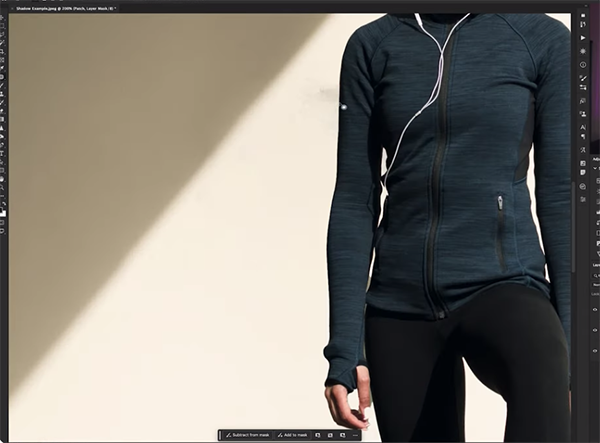Flight Follows April 8 Solar Eclipse & So Can You Plus Tips for Safe Eclipse Photography or Viewing
NPR reports “Delta announces special mid-day flight on April 8 to follow solar eclipse’s path.”
Umbraphiles can catch the April 8 total solar eclipse in-air from Delta flight DL 1218, Austin-Detroit, which departs Austin at 12:15pm CDT and lands in Detroit at 4:20pm EDT. The A220-300 slated for this flight features extra-large windows (and we assume no movie).
NASA says that part of the US will experience a total eclipse and that a partial eclipse will be visible throughout all 48 contiguous US states. Click here for NASA in Spanish.

You can download NASA’s map here.
On NASA’s website you’ll also find a matrix that shows the starting and ending time at various cities located along the eclipse’s path. For example, in Carbondale, IL the drama begins at 12:42pm, reaches maximum at 2:01pm, and concludes at 3:18pm (all times CDT). In Buffalo, NY the fun begins at 2:04pm EDT.
More importantly, NASA also provides important safety information. Don’t lose your vision. Sounds like good life advice, and it’s really, really important when you’re looking at the sun.

We wrote about the subject of safety, too, in a piece titled, The Sun is Never Completely Blocked by the Moon During An Annular Solar Eclipse.
For how-to tips about photographing eclipses in general, read this story and watch the embedded video.
UPDATE! Bad & Good News
Delta’s eclipse flight sold out in 24 hours, but there are other flights that provide a good look at the eclipse, albeit for a shorter time, according to National Public Radio. This news begs the question: since the first flight sold out in less than one day and the eclipse doesn’t happen until April 8, why doesn’t Delta schedule more flights? Probably easier said than done, we concede; still, it seems like there is a primo revenue opportunity being overlooked by the airline industry.
Submit Your Best Eclipse Photos
Become a Member of the Shutterbug Community. Register for a free account. Sign up for our free newsletter. Spend five minutes (or less) uploading your best shots once every week or so, starting with your awesome pics of the eclipse. It could become a Shutterbug Photo of the Day winner. In any case, join us now and enjoy viewing the fantastic work being done by thousands of photographers all over the world—and add your images to the enduring collection.
—Jon Sienkiewicz












